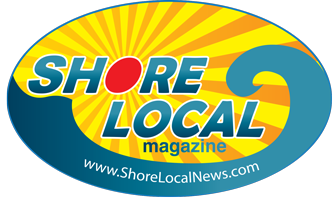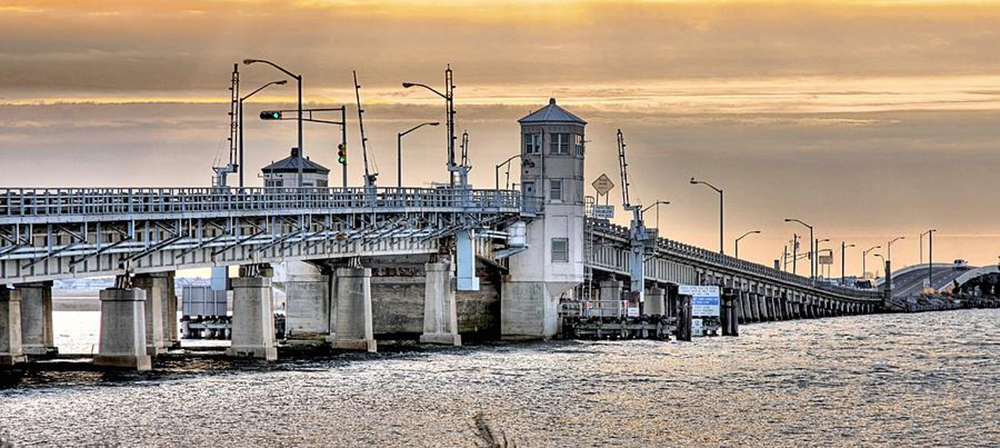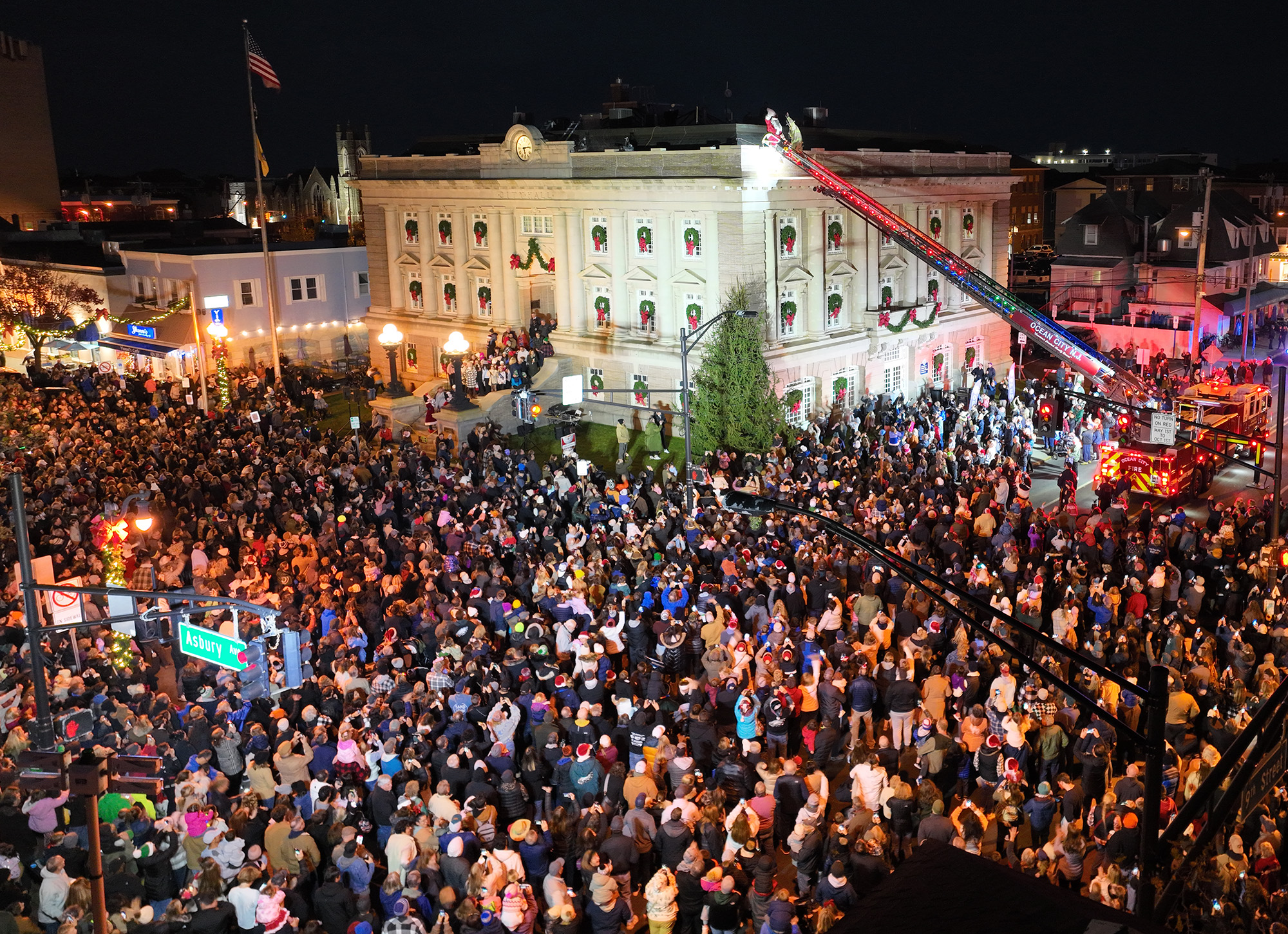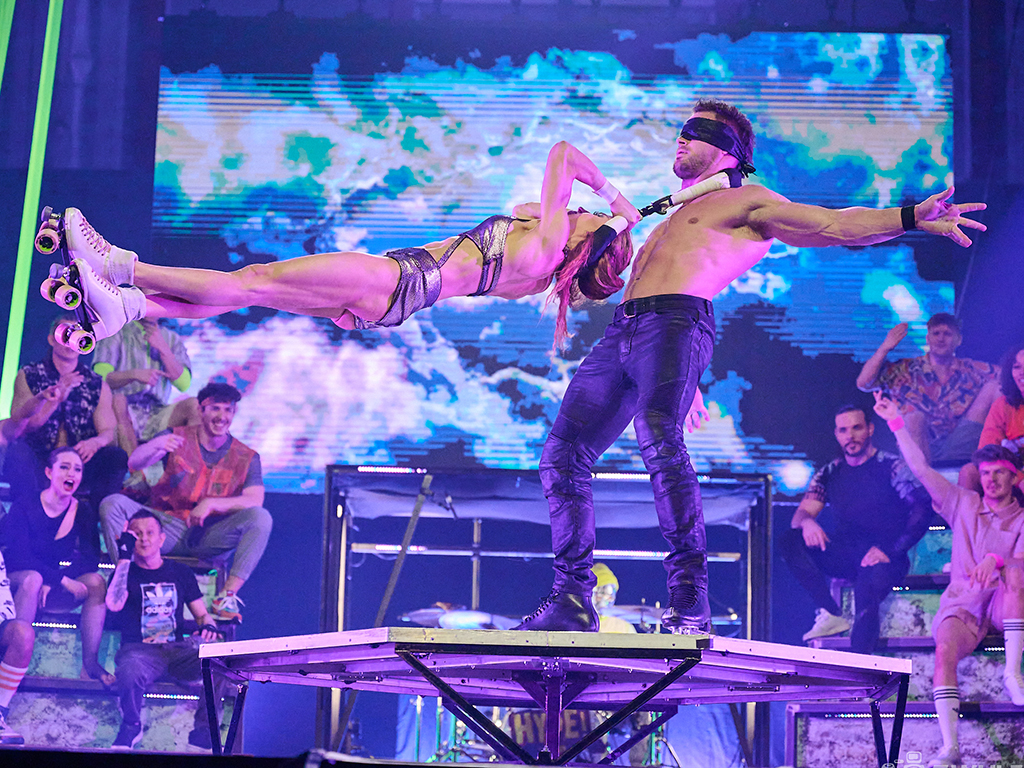Summer of ’65 – an ongoing series
By Bill Kelly
The sale of alcohol has been illegal in Ocean City, New Jersey since it’s founding. The Somers family gave up the land pretty cheap as it wasn’t good for farming or a good place to live. Even the Indians recognized the land was uninhabitable, good for fishing and grazing, but the shifting sands of time made it unstable to live there. None of the barrier islands along the Jersey coast should have been developed and they knew it, but the Lake brothers had a vision and wanted to make happen.
Eventually the outline of the city began to emerge, and the Christian community grew to what it is today – “America’s Greatest Family Resort.”
The Lake’s Blue Laws, written into the city charter made it illegal to sell alcohol, which was an automatic boom to the Point tavern owners, and there were quite a few. Since Somers Point was an original point of entry for immigrants in the sail era, a prohibition smugglers haven and a transient point for those bound to Ocean City and Cape May, the Point hosted a lot of transients, and had the liquor capacity to quench their thirsts.
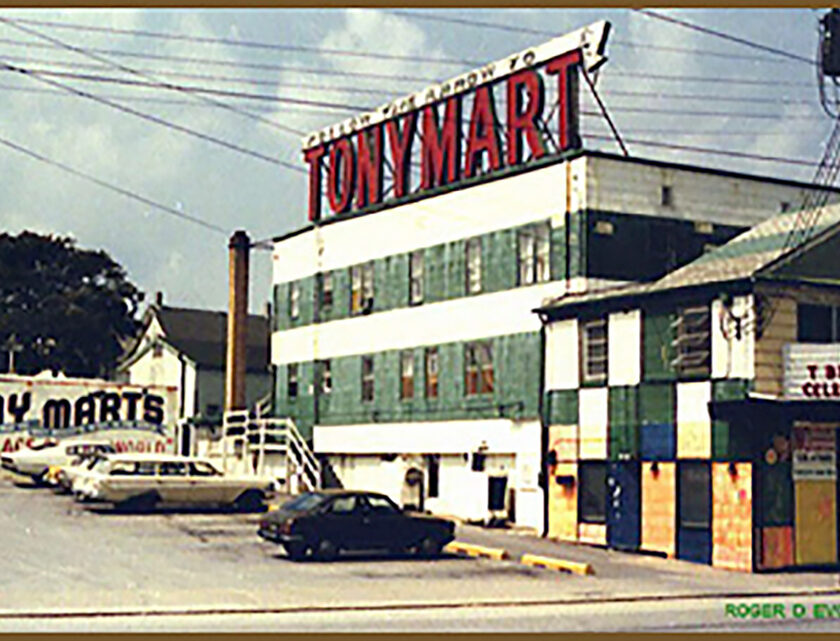
With about two dozen liquor licenses within its few square mile boarders, Somers Point had a variety of bars, restaurants and cafes that sold alcohol, an inordinate number of liquor licenses for the number of residents, and when the state began to regulate the number of liquor licenses a community could issue, Somers Point was grandfathered in and it’s residents quip that it’s a “drinking down with a fishing problem.”
Basically there were the liquor stores, most notably Circle Liquor at the base of the bridge and causeway to Ocean City, then said to be one of the highest grossing retail stores in the country.
Then there are local pubs and taverns. Pub takes its name from Public House – a place licensed to sell alcohol to the public, and issuing these Public licenses was usually the first chore of business when any town or city is incorporated. Establishing a police department is usually the second.
Among the Somers Point pubs in the summer of ’65 were many still popular today – Gregory’s, Charlie’s, D’Orio’s and the Anchorage. There were others – Sullivans (now Fitzpatrick’s) the Launch Haven (a trolley stop), and they all served clams, crabs, fresh seafood and whatever you can make on a grill. They also sported pool tables, shuffle boards, darts and a juke box. These places were popular lunch and dinner places for many of the families who came to Ocean City as well as the college kids.
Besides the pubs Somers Point was a famous dining destination because of the presence of five – five star restaurants – the Crab Trap, Harry’s Inn, Mac’s, Daniel’s and Chi Chi’s, all top flight fine dining establishments that’ in the Summer of ’65, made Somers Point more popular for its cuisine than Cape May.
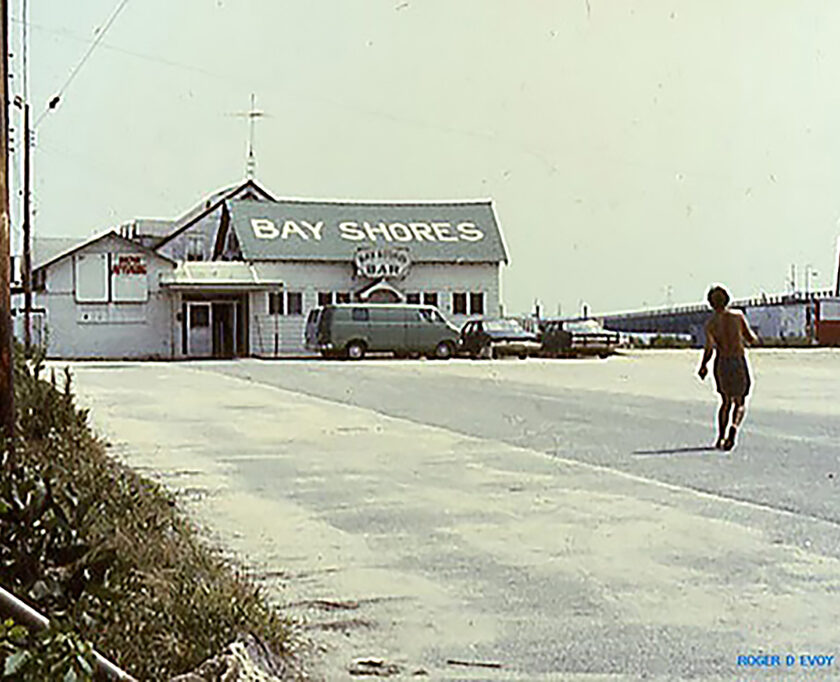
After take out liquor stores, pubs and fine restaurants, there were the nightclubs and cabarets that featured live entertainment, and they made the most noise. Tony Marts and Bay Shores are the best known, but there were others – Steel’s Ship Bar, Your Father’s Mustache, Orsatti’s Casino, the Under 21 Club and Vaughn Comforts on the circle.
Not all of these places fit into the story but together they set the scene and provide the backdrop for what happened. Of the cafes and cabarets Tony Marts and Bay Shores were the loudest and are were scenes of pivotal acts in the drama that was to play out that summer. The two clubs across Bay Avenue from each other had a healthy competition going to see who would be the crown jewel of the Point, with money being the measure. Both clubs featured multiple bars and two stages and dance floors, so when one band finished another band was ready to go, they didn’t miss a beat and the music was constant.
Each club had a house band that played three or four long sets a night, six nights a week – they got Monday off, as did the best bartenders. The other stage showcased rotating talent, often from out of town, bands on tour on the remnants of the old Vaudeville and Chitlin’ circuits. Both clubs also had standup comics – master of ceremonies, go-go girls in cages, and a grill that served up hot dogs and cheese steaks, and maybe pretzels, but not much else. Music was the motive.
It was the music that drew the crowds, especially the young college kids, so Tony Marts upped the ante and began booking top flight Vegas style acts with hit songs, like Del Shanon, the Skyliners (“Pennies from Heaven”), Duane Eddie, Joey D. and the Starlighters (“Pepperment Twist”), Johnny Maestro and the Crests (“Sixteen Candles”), Dion and the Belmonts (“Runaround Sue”), Little Stevie Wonder – when he really was little, and Bill Haley and the Comets – Rock and Roll pioneers. Dean Martin put in an appearance once in awhile. But it was Conway Twitty who was the featured attraction at Tony Marts in the summer of ’65.
The drinking age was set at 21 but ten to twenty percent of the patrons at any of the Somers Point establishment were nineteen or twenty – but they dressed and acted older and tried to be ladies and gentleman. Fake Ids weren’t even necessary, as the local police understood and were in agreement with the club owners to let them in as long as they behaved themselves and things were kept under control, and they pretty much were.
Over at Tony Marks, Anthony Marotta was the “Boss.” He came to New York from his native Sicily and found his way to Atlantic City where others from his hometown had settled. Tony met his wife there and made his first meager profits selling hot dogs and sandwiches at St. James Street on the Atlantic City Boardwalk, near where the Irish Pub is today. His wife’s family stayed in the sandwich business and opened the now famous White House, whose customers included the Beatles, Burt Lancaster and FBI agent John O’Neil, the 9/11 hero and victim.
By 1945 Tony had sold enough hot dogs and sandwiches to purchase Shick’s Hotel on Bay Avenue in Somers Point. Shick’s was patronized by those who embarked or disembarked from the steam ferry that took passengers to Ocean City and Longport and then later for the train trolley passengers. With the construction of the bridge and World War II Shick’s value had declined and Tony got a good deal that he wanted to parlay by introducing live entertainment.
The old German beer Rathskeller on the first floor was given a stage and converted into a cabaret where Tony featured all kinds of music but noticed the popularity of the New Orleans style jazz and made it part of the house shtick. Len Carey and the Crackerjacks made Tony Marts famous with his New Orleans jazamania routines. But early in the summer of ’65 however, the house band that Tony had hired for the summer just wasn’t cutting it, at least to Tony’s standards. They played through Memorial Day and made it through June but then suddenly left. While the circumstances of their departure wasn’t recorded for posterity, it’s highly likely that Tony fired them.
“You Fired! You Bums get out’a here!” – Tony often said in a deep, gravelly voice, was almost a cliché around Tony Marts, where bands would come and go, and go quickly if they didn’t play the popular hit tunes, dress properly or otherwise disrespect the Boss.
In any case, Tony found himself without a house band for the rest of the summer of ’65. And while he knew there were some good local bands, and he could get them to play for next to nothing, he wanted a real good band, a real good band that would bring in new customers and compliment Conway Twitty’s fans.
So Tony put in a call to Colonel Kutlets, a Canadian booking agent in Toronto, complained about the Female Beatles he had sent the previous week and told the Colonel what he needed – a rock and roll band that will knock his socks off.
Kutlets said, “I’ll see what I can do and get back to ya.”




